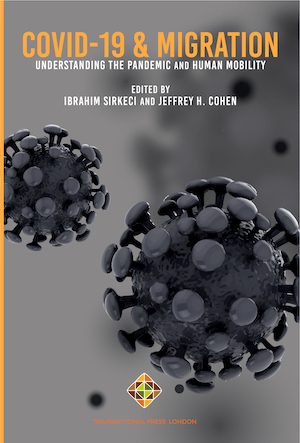Introduction
Introduction
Contributor(s): Ibrahim Sirkeci (Editor), Jeffrey H. Cohen (Editor)
Subject(s): Social Sciences, Psychology, Essay|Book Review |Scientific Life, General Reference Works, Geography, Regional studies, Sociology
Published by: Transnational Press London
Keywords: Coronavirus; COVID-19; epidemic; migration; human mobility; air travel; spatial diffusion; public health; China; Italy; France; Germany; Spain; UK; USA; Turkey
Summary/Abstract: Reactions, measures as well as discourses dealing with the current pandemic vary significantly across the world. While some countries were completely locked down, as was the case in Italy, some had claimed to have very few or no cases, as was the case in Turkey and Indonesia by March 10th, 2020. Nevertheless, the spread of COVID-19 from China has been clearly linked to those travelling from Wuhan in Hubei province in Central China. Therefore, it is important to understand the travel density/volume of passengers carried as well as routes from Wuhan through connected main regional air travel hubs across China. In this study, we developed a model on migration and travel intensity that can explain outbreak and spread of COVID-19 since it appeared at the end of 2019. We show that the presence of migrant stock populations of Chinese origin and the immigrant stock in China are useful indicators in the prediction of the spread of the outbreak worldwide in the event of interaction with several other macro factors. We argue that monitoring immigrant stock data and travel volume data based on human mobility corridors (i.e. origins and destinations), countries could have been better prepared and taken early measures to contain the spread of COVID-19.
Book: COVID-19 and Migration: Understanding the Pandemic and Human Mobility
- Page Range: 5-7
- Page Count: 3
- Publication Year: 2020
- Language: English
- Content File-PDF

